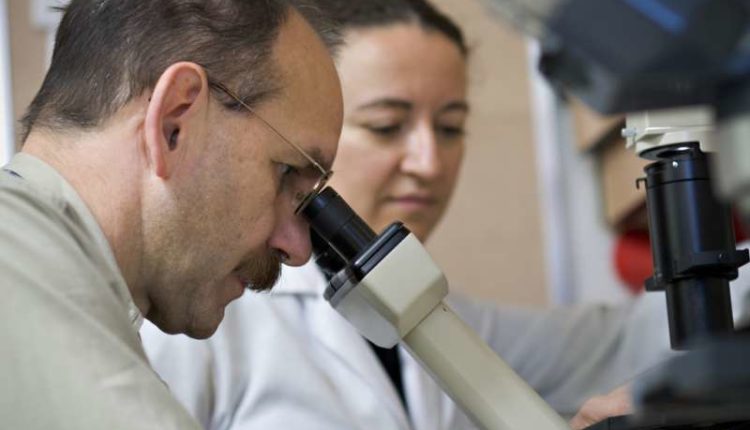
CORVALLIS, Ore. – A bacterium that attacks people suffering from chronic lung disease and compromised immune systems could be halted by disrupting the distribution channels the organism uses to access the nutrient-rich cytoplasm of its host cell.
The findings by researchers in Oregon State University’s colleges of science and veterinary medicine are important because they suggest a new therapeutic target for one of the leading causes of bacterial infection in patients with HIV/AIDS.
The bacterium is Mycobacterium avium, the most common pathogen among non-tuberculosis mycobacteria. Highly opportunistic, M. avium invades and proliferates within a variety of human cells; it resides in a cytoplasmic vacuole and survives by remodeling its vacuolar compartment and resisting its host’s antimicrobial mechanisms.
“Most bacteria that grow in phagocytic cells export their effector proteins that impair or redirect macrophage function by using a needle-like apparatus that perforates the vacuole membrane and delivers virulence-associated molecules to the cytoplasm,” said co-corresponding author Luiz Bermudez of OSU’s College of Veterinary Medicine. “But mycobacteria don’t have that, so the question has always been, how do all these proteins get exported, how do they cross the vacuole membrane?”
They likely do so because proteins of the pathogen dock to transport proteins of the phagosome in the host cell in a way that allows for the efficient secretion of effector proteins. Co-corresponding author Lia Danelishvili, also of the College of Veterinary Medicine, identified voltage-dependent anion channels as a possible means of exporting those proteins.
“A VDAC is very small, but it can become larger if several VDAC proteins get together through polymerization,” Bermudez said. “We found that yes, mycobacteria use surface proteins to bind to the VDAC. But although we tried to see if the proteins of the mycobacterium were exported by the VDAC, we couldn’t show that. However, we did show that another component of the cell wall of the mycobacterium, lipids, are exported by that mechanism.”
Next up is determining what specific physical and chemical interactions occur to make effector protein transport possible.
“The idea is to find out the mechanism bacteria use to secrete proteins produced in the cells that have important functions in controlling the phagocytic activity that’s supposed to kill them,” Bermudez said.
###
Findings were recently published in Scientific Reports.
Media Contact
Luiz Bermudez
[email protected]
541-737-6532
@oregonstatenews
http://oregonstate.edu/
http://bit.ly/2gkJeKm.
Related Journal Article
http://dx.doi.org/10.1038/s41598-017-06700-3





